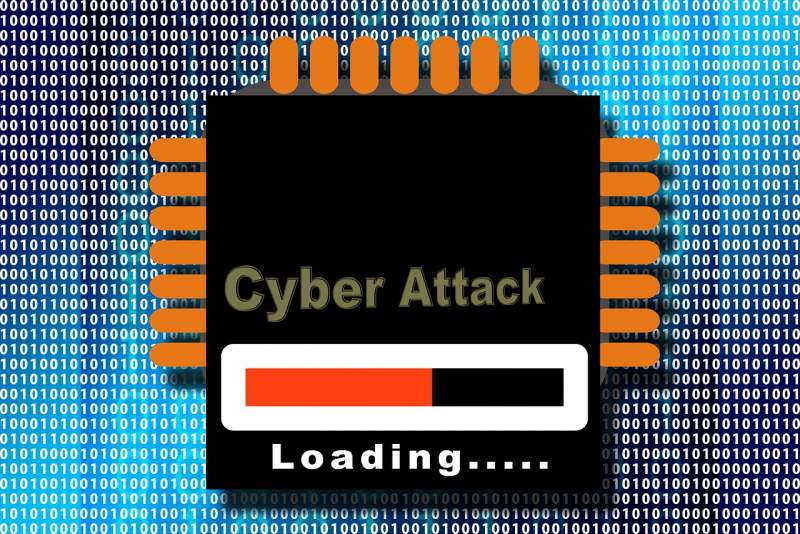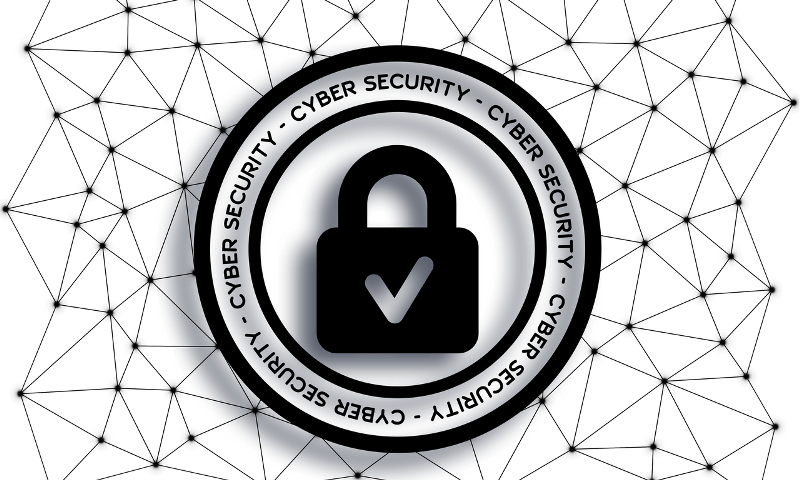Telehealth makes it possible for thousands of patients from different parts of the world to get medical help without visiting a clinic or hospital physically. Through this technology, appointments can be made through phone or video between a patient and health care practitioner. These offer both health and convenient benefits to medical practitioners and patients.
Some of the leading benefits include:
Convenience and comfort
Patients no longer need to make long trips to the doctor’s office just for an appointment. Through telehealth, it is possible to see your doctor from the comfort of your home or office, making virtual visits easier to manage around a busy schedule.
Control of the spread of infectious illnesses
Telehealth also helps to prevent and control the spread of infectious diseases, especially airborne ones. Doctors can use online appointments to pre-screen patients for possible infectious diseases, thus minimizing exposure to others.
Fostering better assessment
Telehealth also makes it easier for doctors to assess patients better since they get to see them in their everyday environment. For instance, someone on a telehealth call for allergies can give the doctor clues of the cause based on their surroundings.
Even as doctors and patients enjoy the benefits offered by telehealth services, it is not without risk. During a telehealth call, a lot of data is shared online between the doctor and the patient. This poses a considerable privacy risk for telehealth services.
Related Cyber Risks for Telehealth Services

Use of unsecured computer systems
The use of unsecured computer systems is also a leading cause of data loss in telehealth services. This is because unsecured computer systems are not equipped with the necessary security programs to ensure the complete protection of saved data.
While the telehealth office may have the necessary measures to protect patient data from their end, data transmission from the clinic to the patient’s end may lead to data loss or theft. This is because most people use software programs at risk of malware attacks due to the numerous unsecured links they access at home for communication.
Patient or medical service providers can easily be subjected to hacking from the use of unsecured computers.
Use of unsecured medical devices
Some medical devices like glucose monitors, insulin pumps, and heart monitors do not come with reliable security measures to guarantee the safe transmission of data over the internet. This presents cyber risks to telehealth services, including theft of patient data.
Patient data privacy and security risks
As per the HIPAA compliance code, health care providers are expected to guarantee the safety of patient data and are required to notify a patient if a data breach occurs. However, even with this guideline, there is still a high risk for patient data privacy, especially on the patient’s end.
Unsecured transmission of patient data
In telehealth, Personal Healthcare Information and other medical data may require sending over devices for easy assessment and diagnosis. However, this increases the security risk of the data if the devices in use are not well protected from third-party monitoring.
To ensure the safe delivery of telehealth services, medical practitioners need to work closely with cybersecurity experts to ensure the safe delivery of telehealth services.
Tips for Patients Stay Protected

Use of secure options, employee training, and collaborating with cybersecurity experts
Telehealth service providers need to ensure they have access to the best and latest cybersecurity frameworks and solutions matching HIPAA compliance guidelines. A telehealth service provider should also ensure a patient verifies that their IT platform is equipped with the necessary security features to mitigate the risk of a cyber-attack.
This can include implementing security protocols like the use of safety programs to reduce the chances of compromised passwords.
It is essential to conduct comprehensive system reviews to ensure that a telehealth system is completely optimized for protected service delivery.
Use a VPN
The best way to guarantee protected data transmission is by using a VPN(Virtual Private Network). The telehealth service provider and the patient need to fit their devices with the most reliable VPN to ensure that any patient data transmission is protected.
A VPN creates a safe tunnel where all data in a network passes. This way, it is hidden from spying bots and unauthorized third parties.
Use strong passwords, 2FA, and antivirus
The best way to reduce the number of hospitals getting cyber-attacks and guarantee patient data privacy and safety is to train patients on the best ways to protect their devices from hacking. For example, all devices used for communication during a telehealth appointment need to be protected using passwords, anti-virus software, and 2FA.
In telehealth services, data remains vulnerable while in motion and stationary. Therefore, building encryption in all processes is the best way to guarantee data safety.
The cost of implementing cybersecurity programs to support telehealth services is worth it compared to the damage that can occur in the event of a data breach.
Reference:
